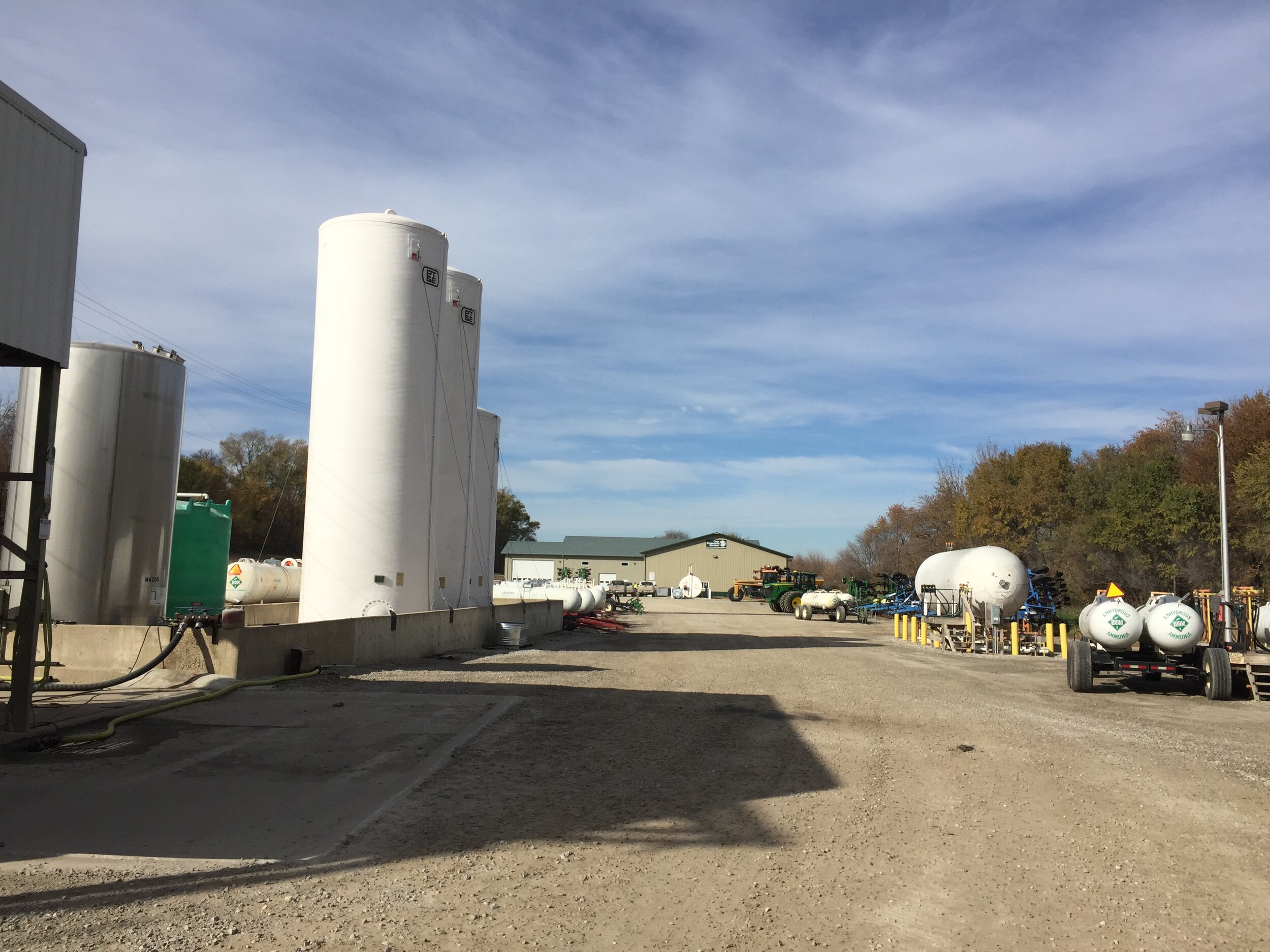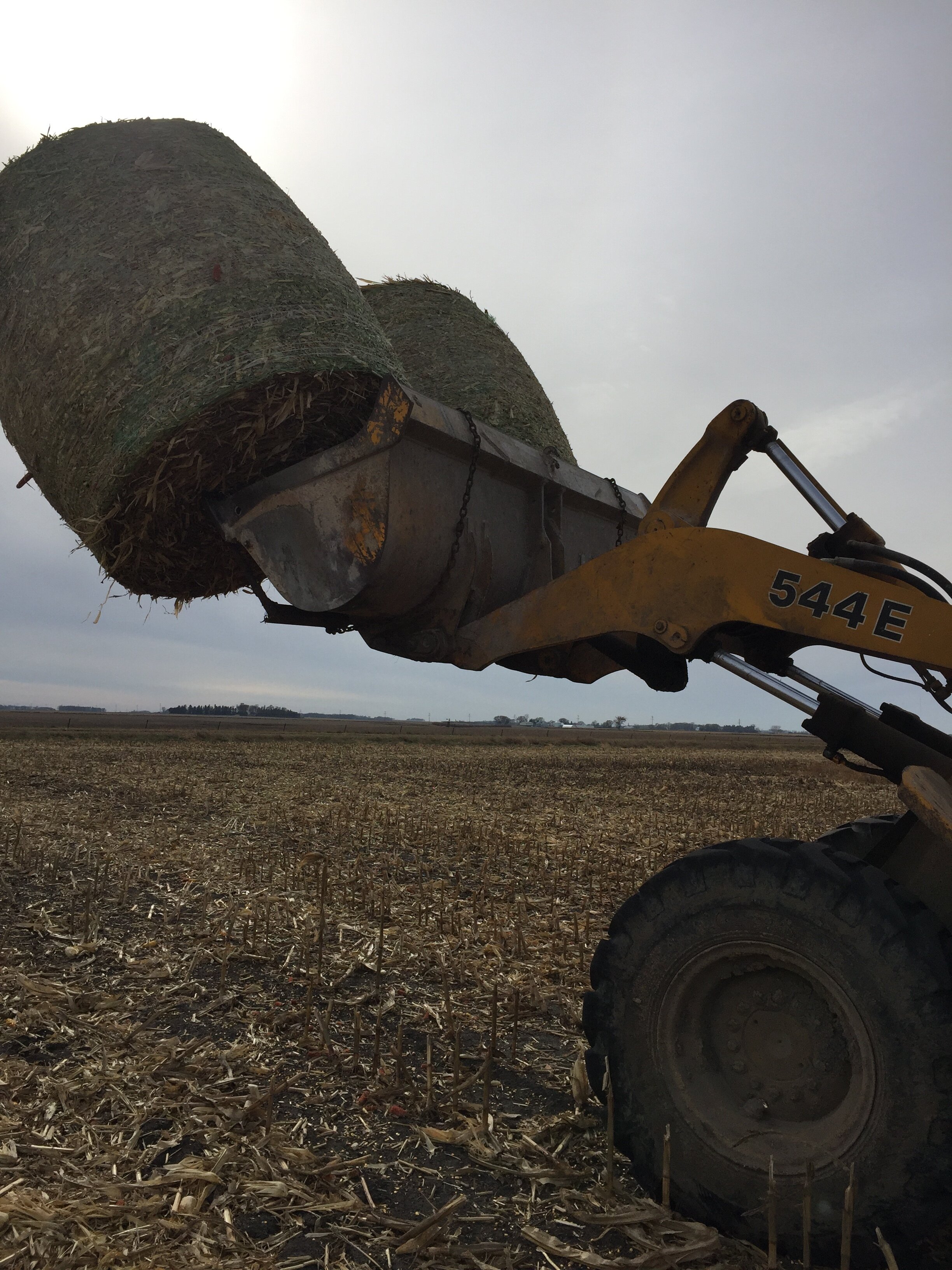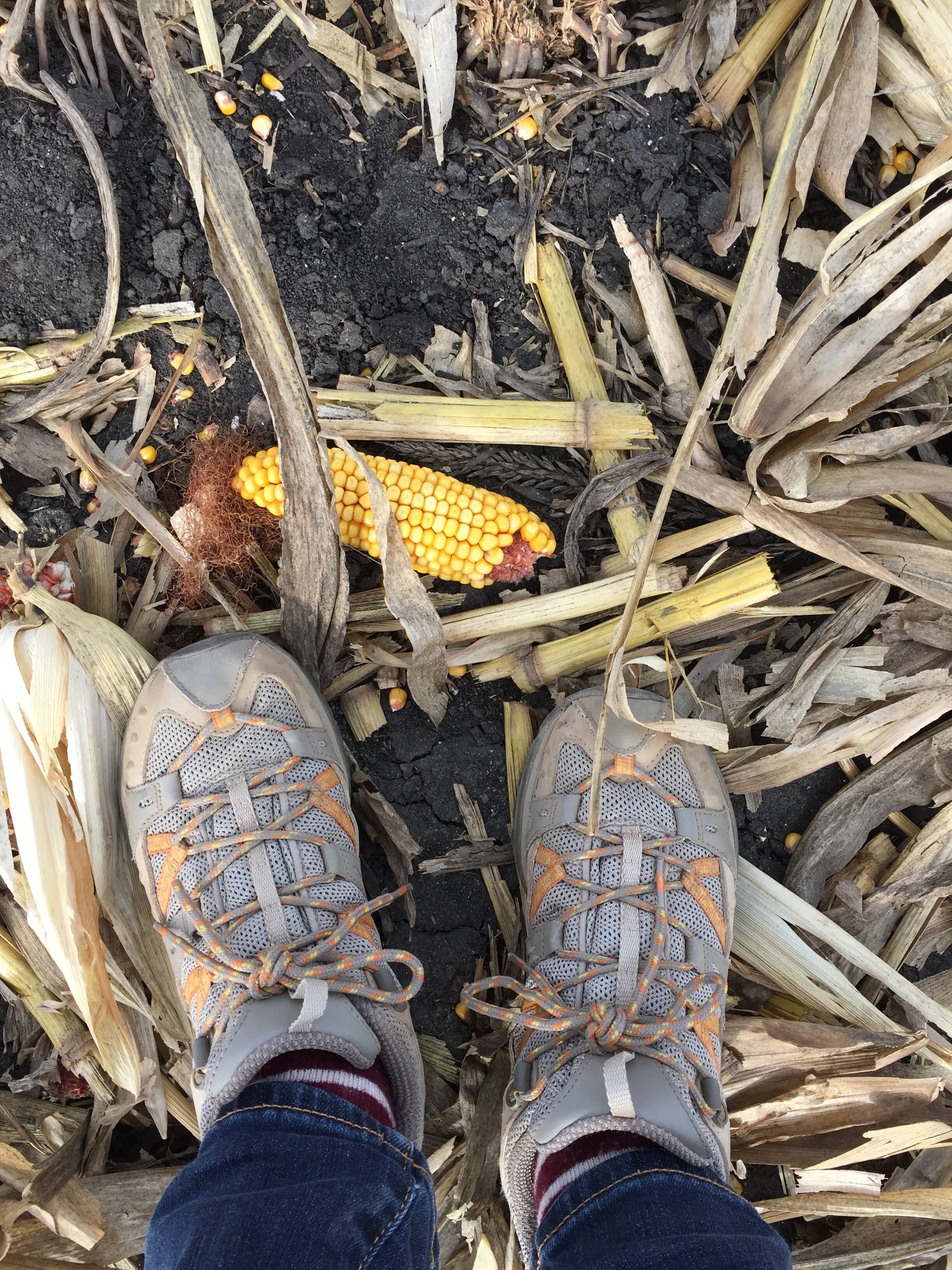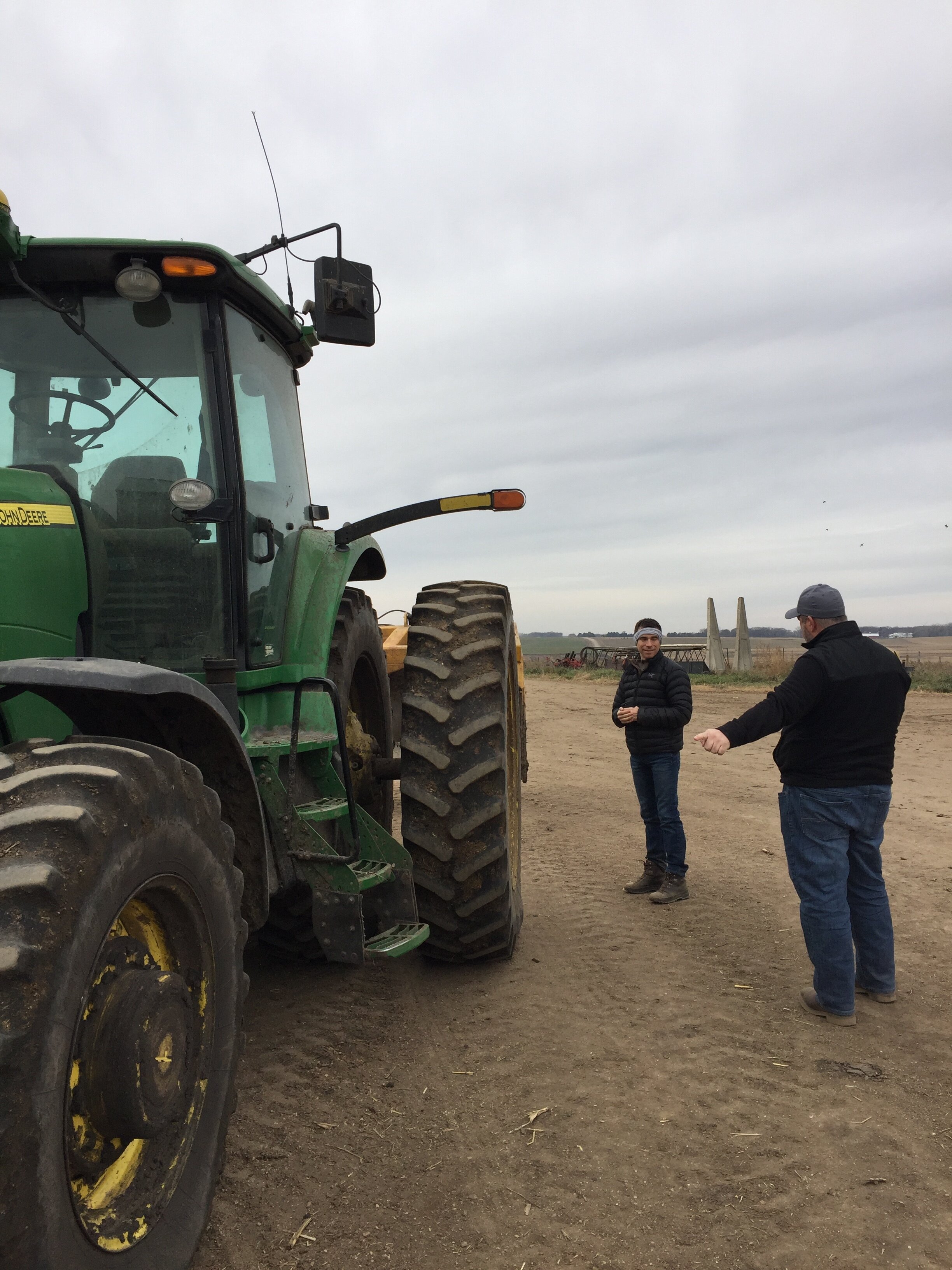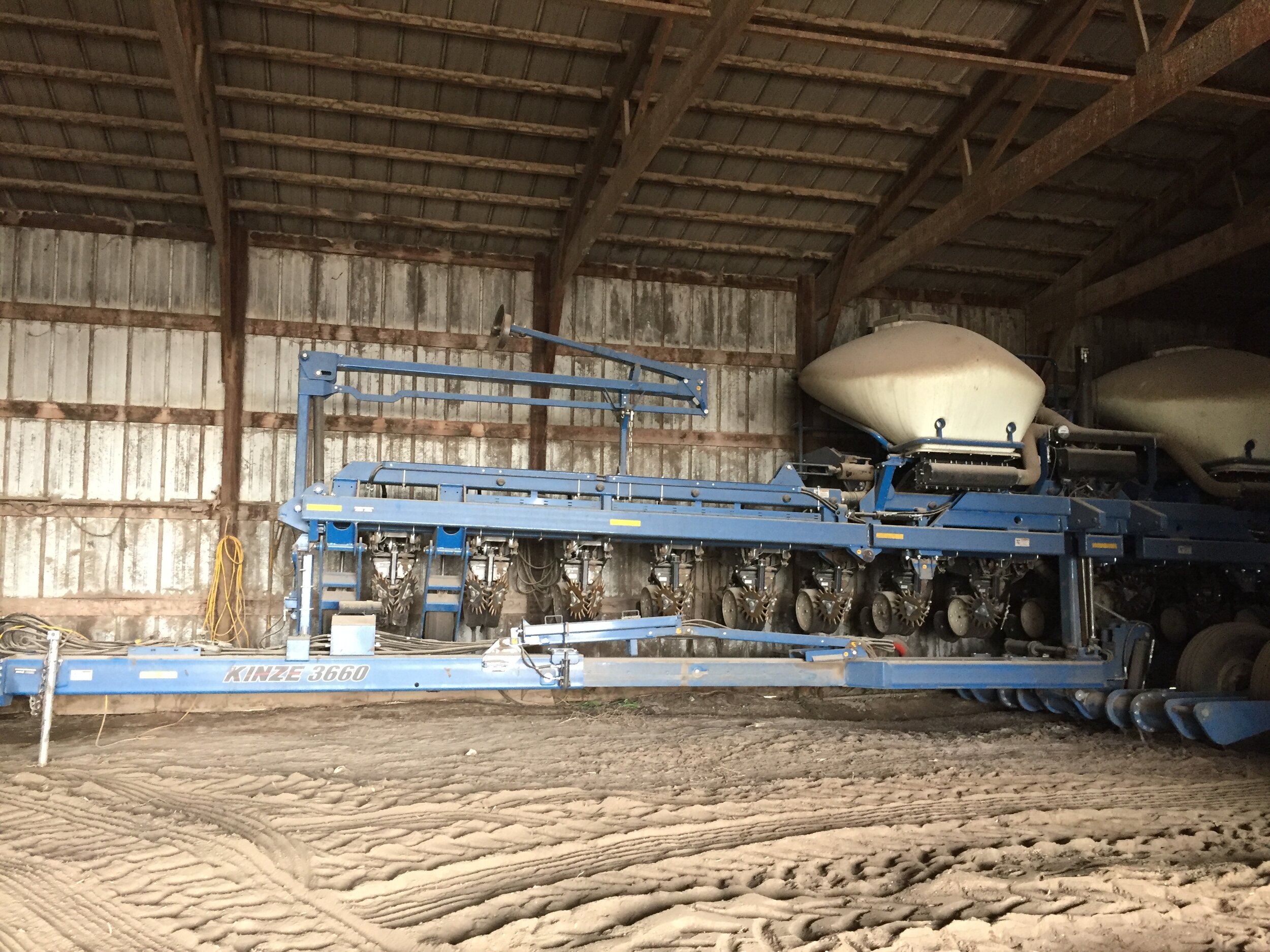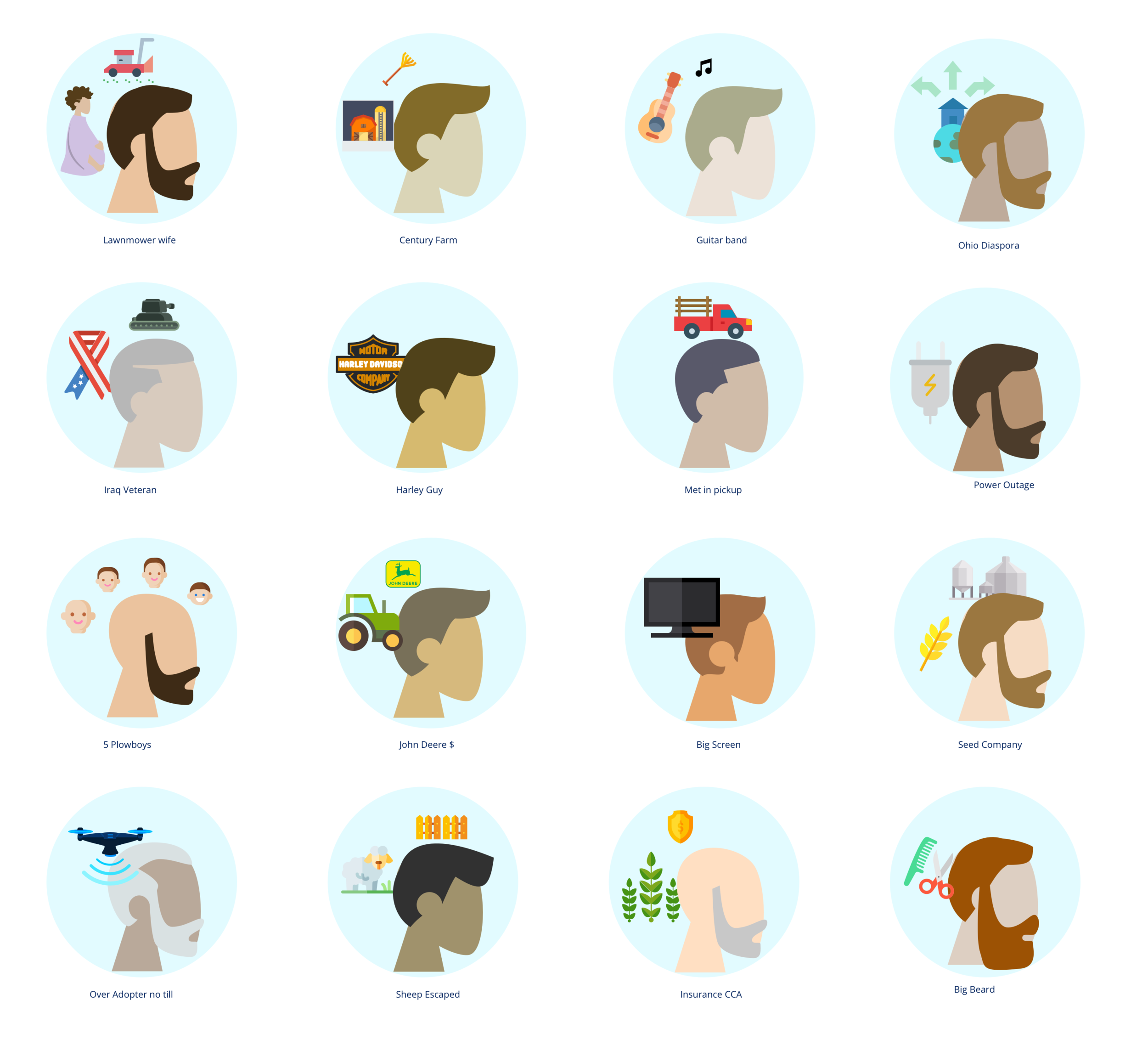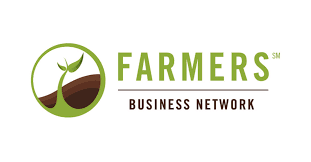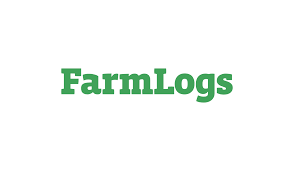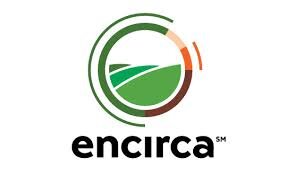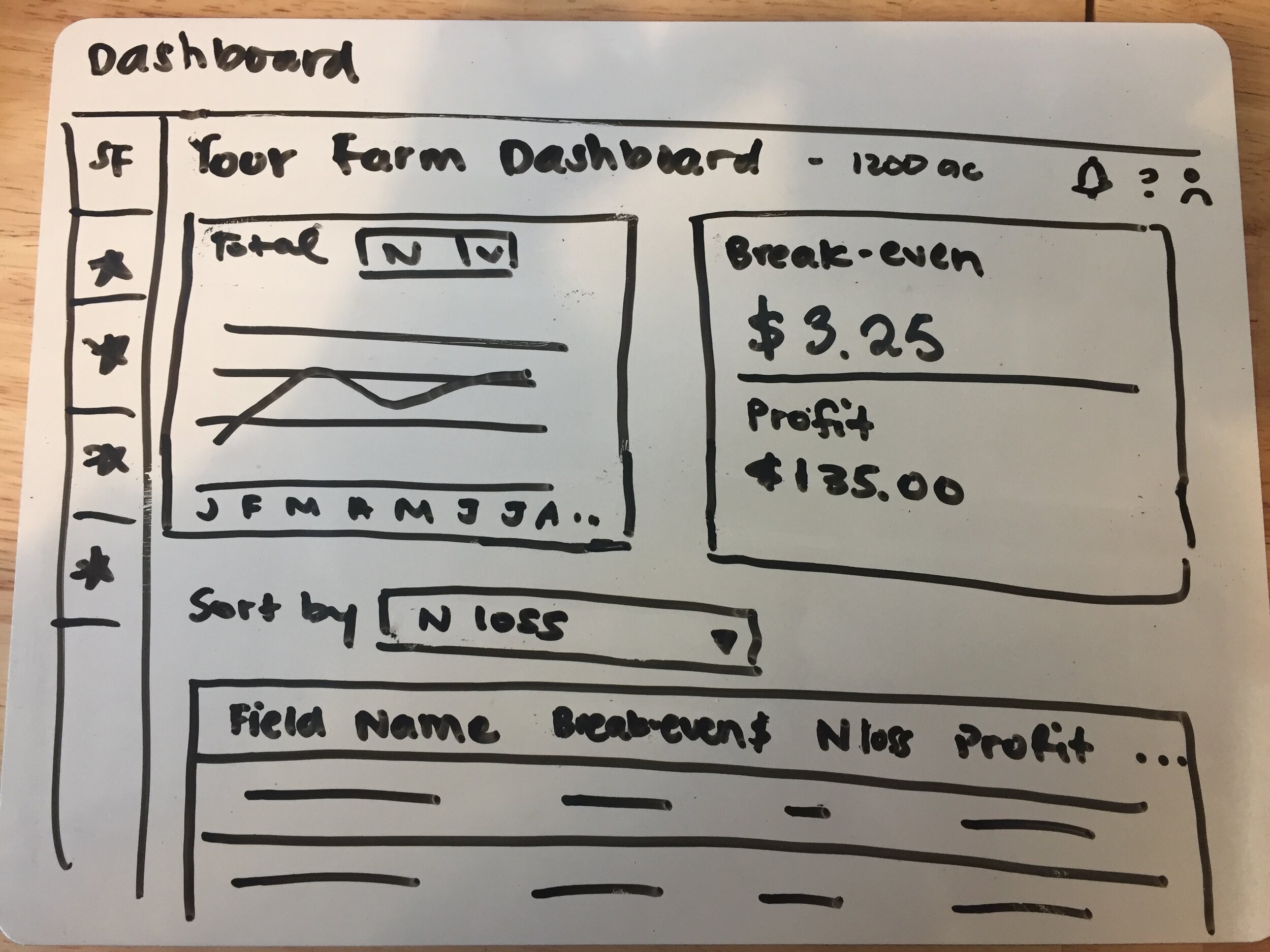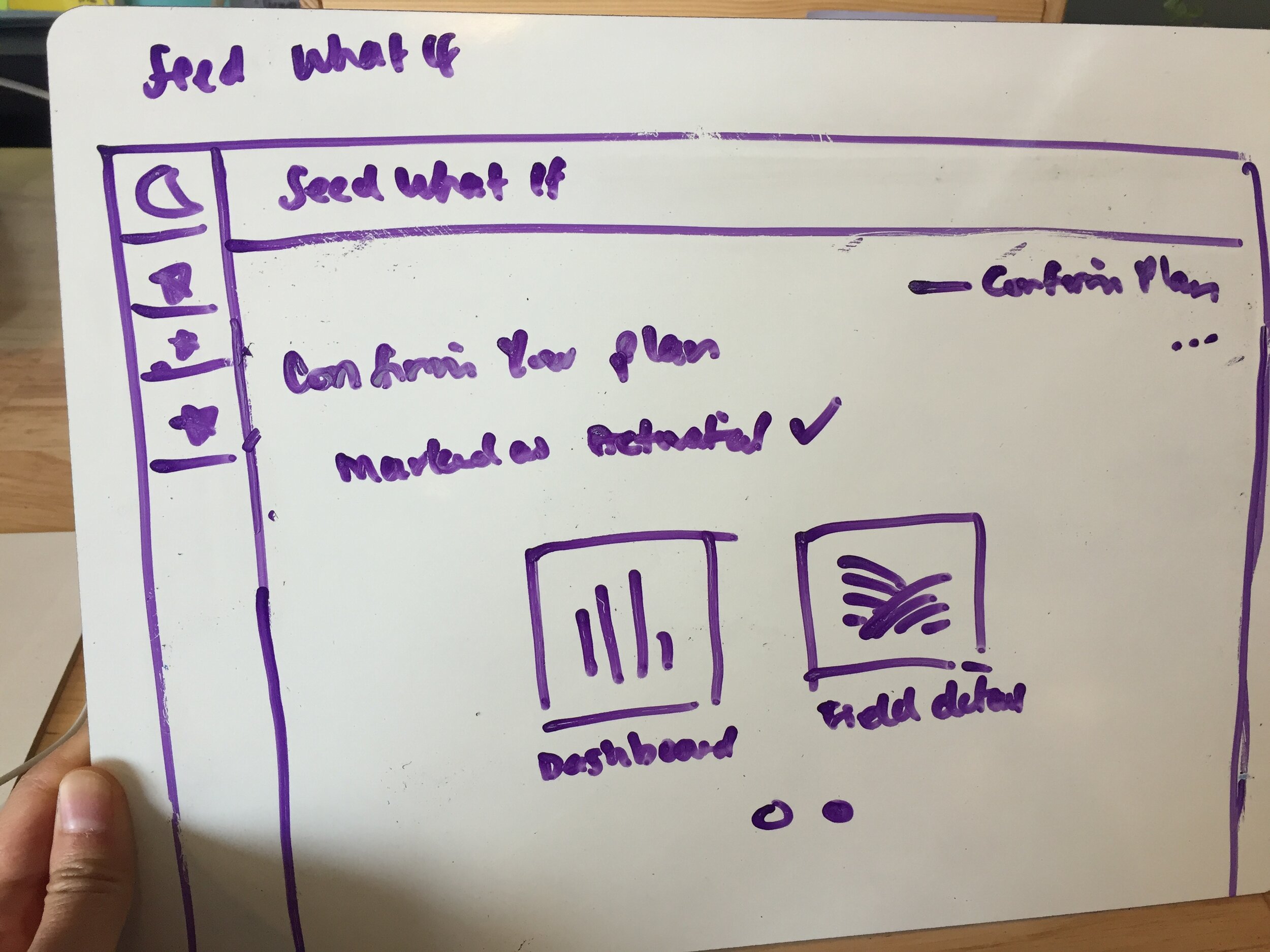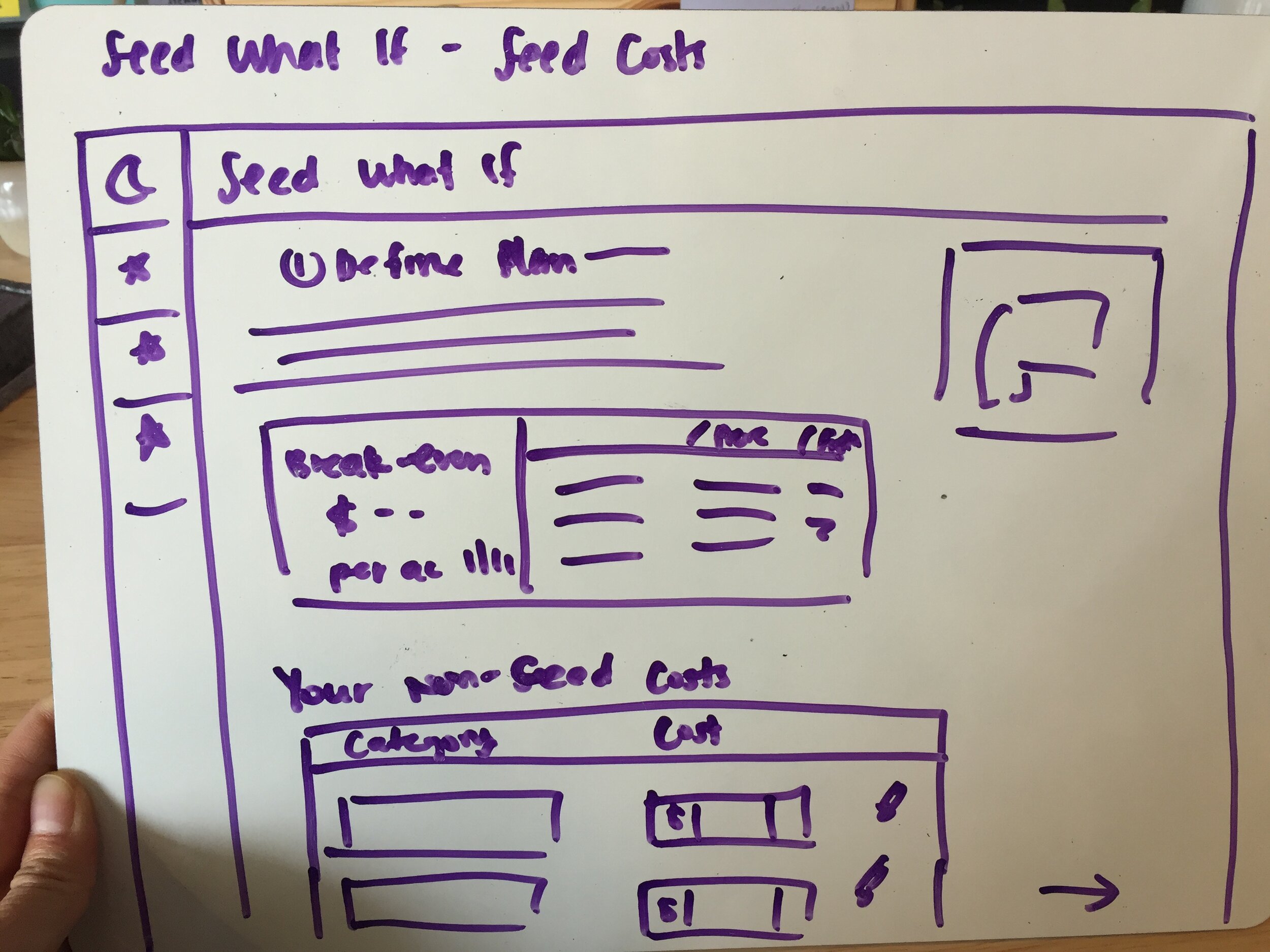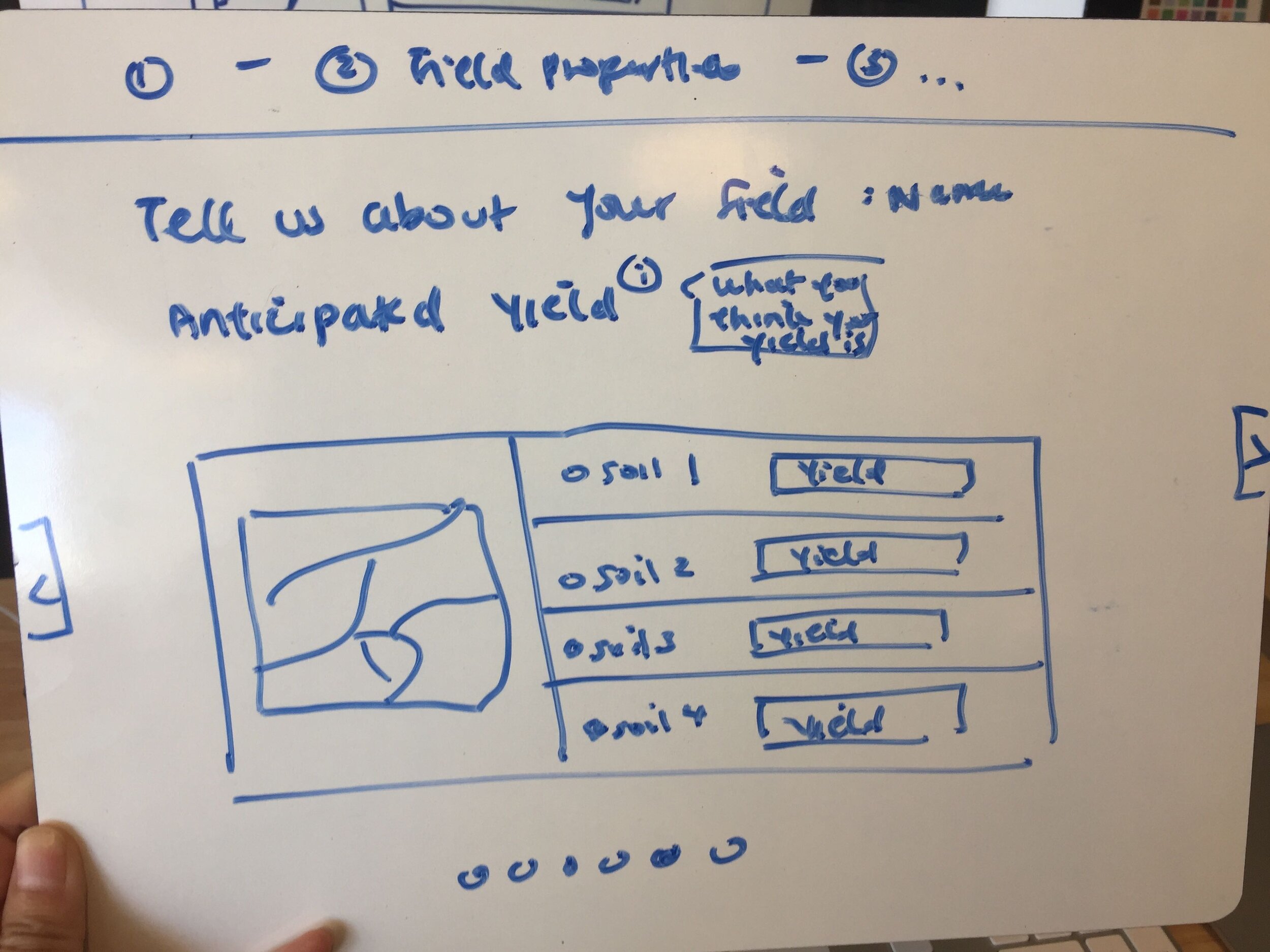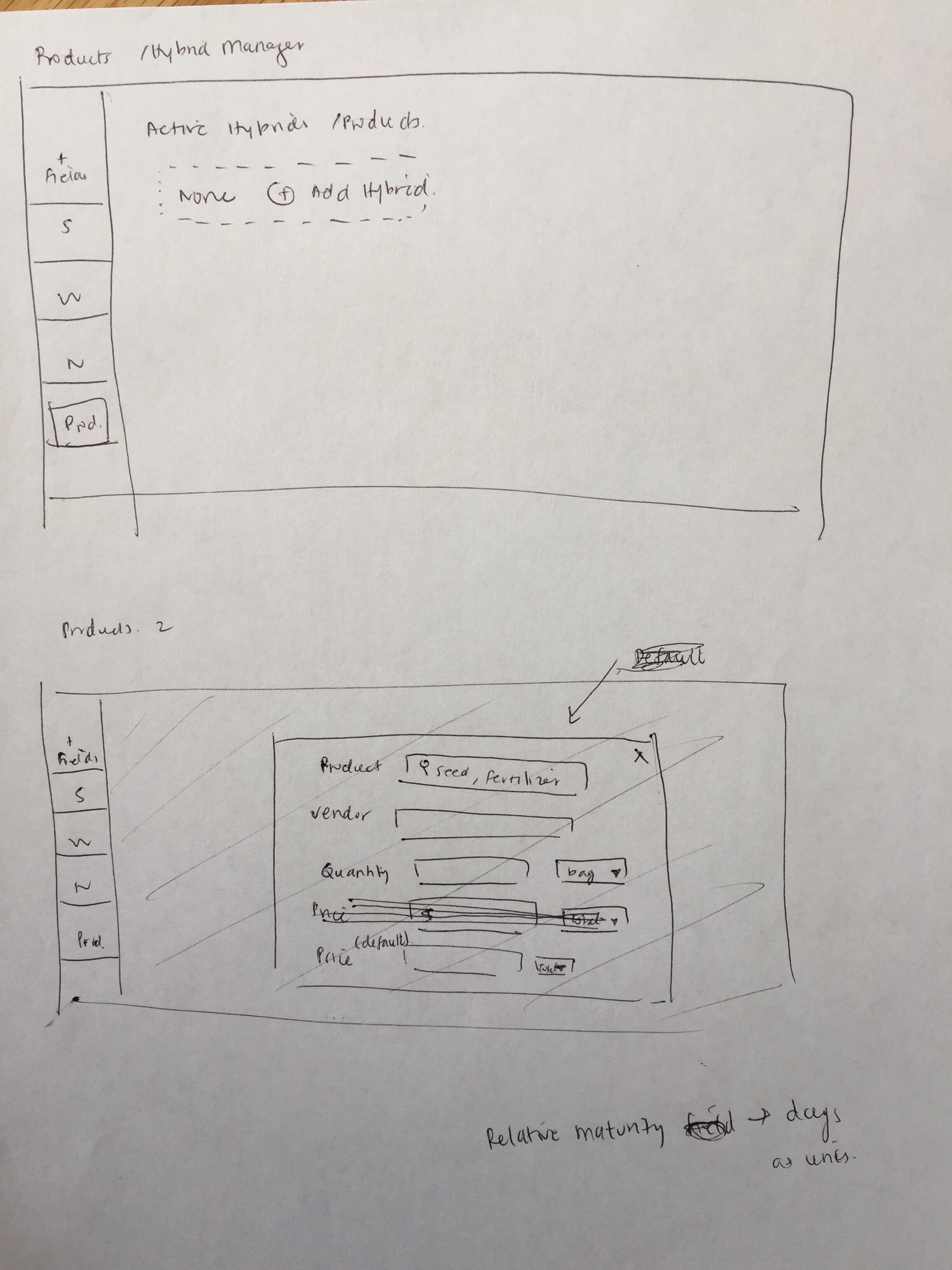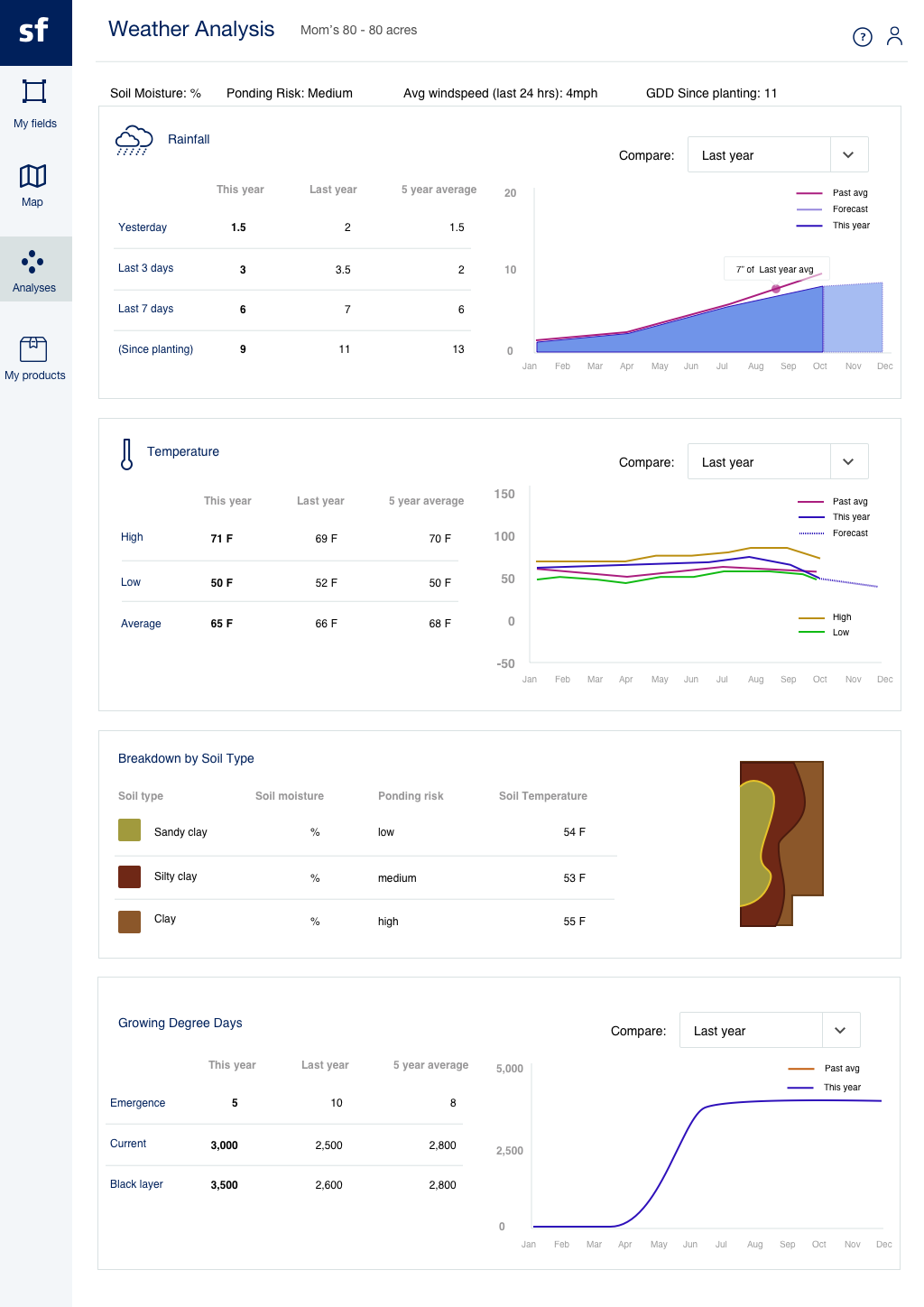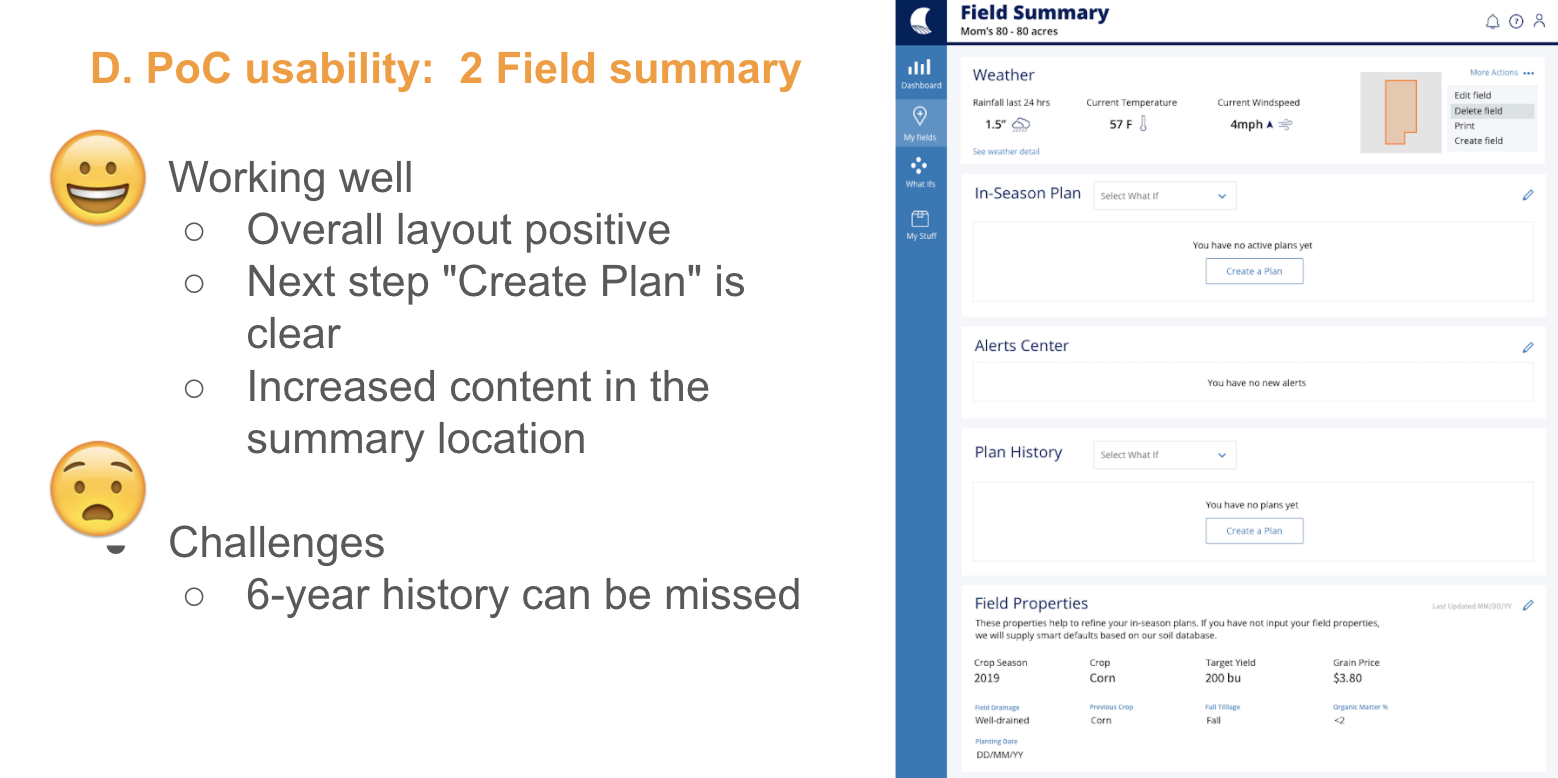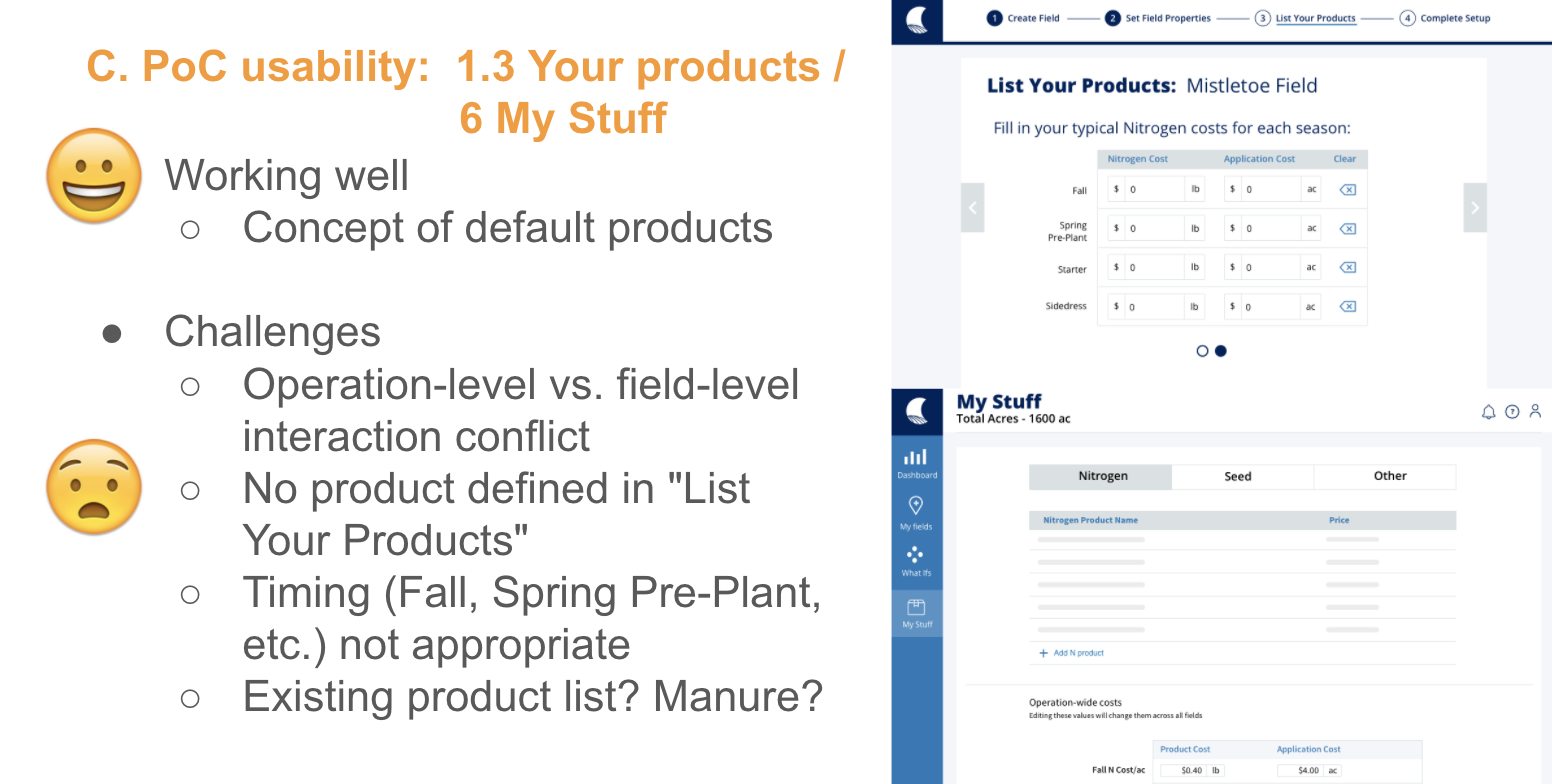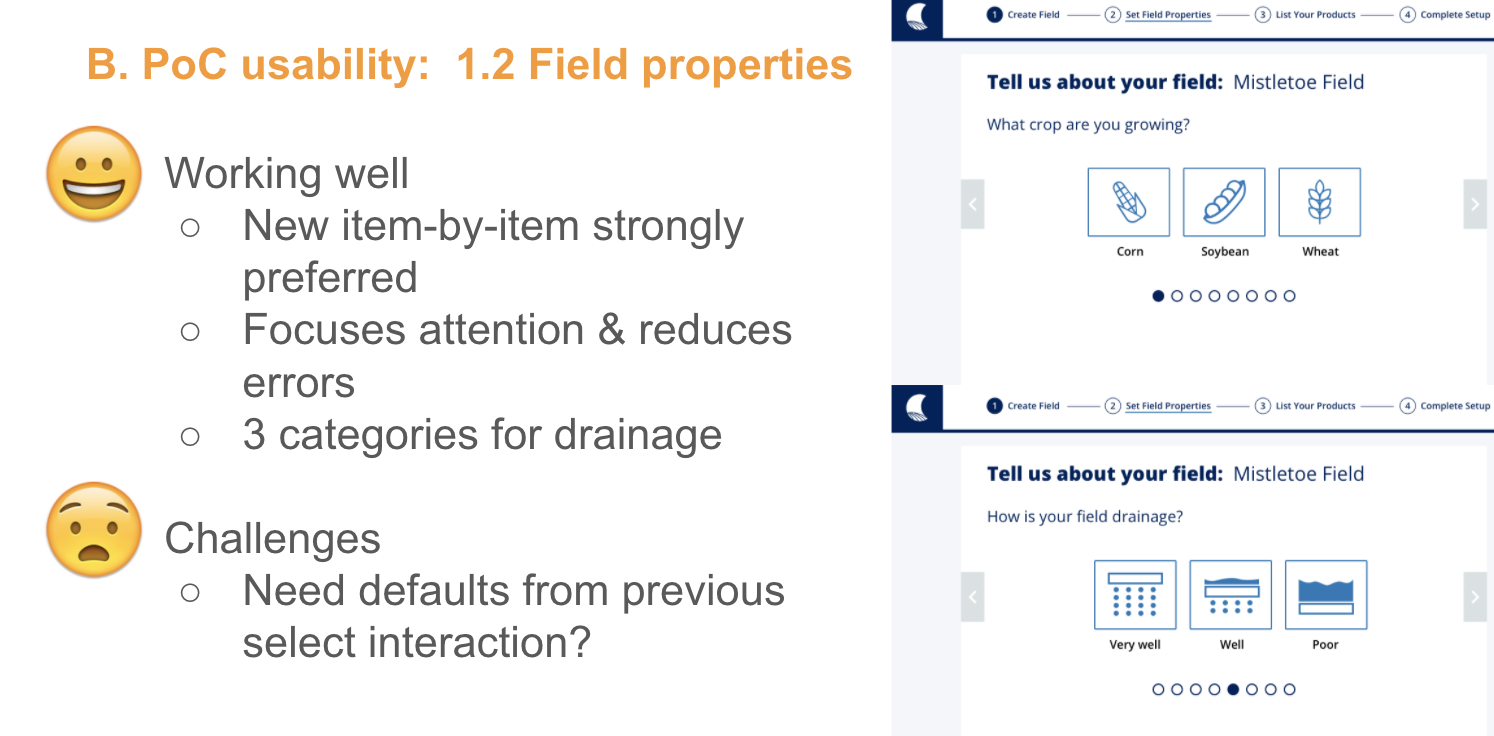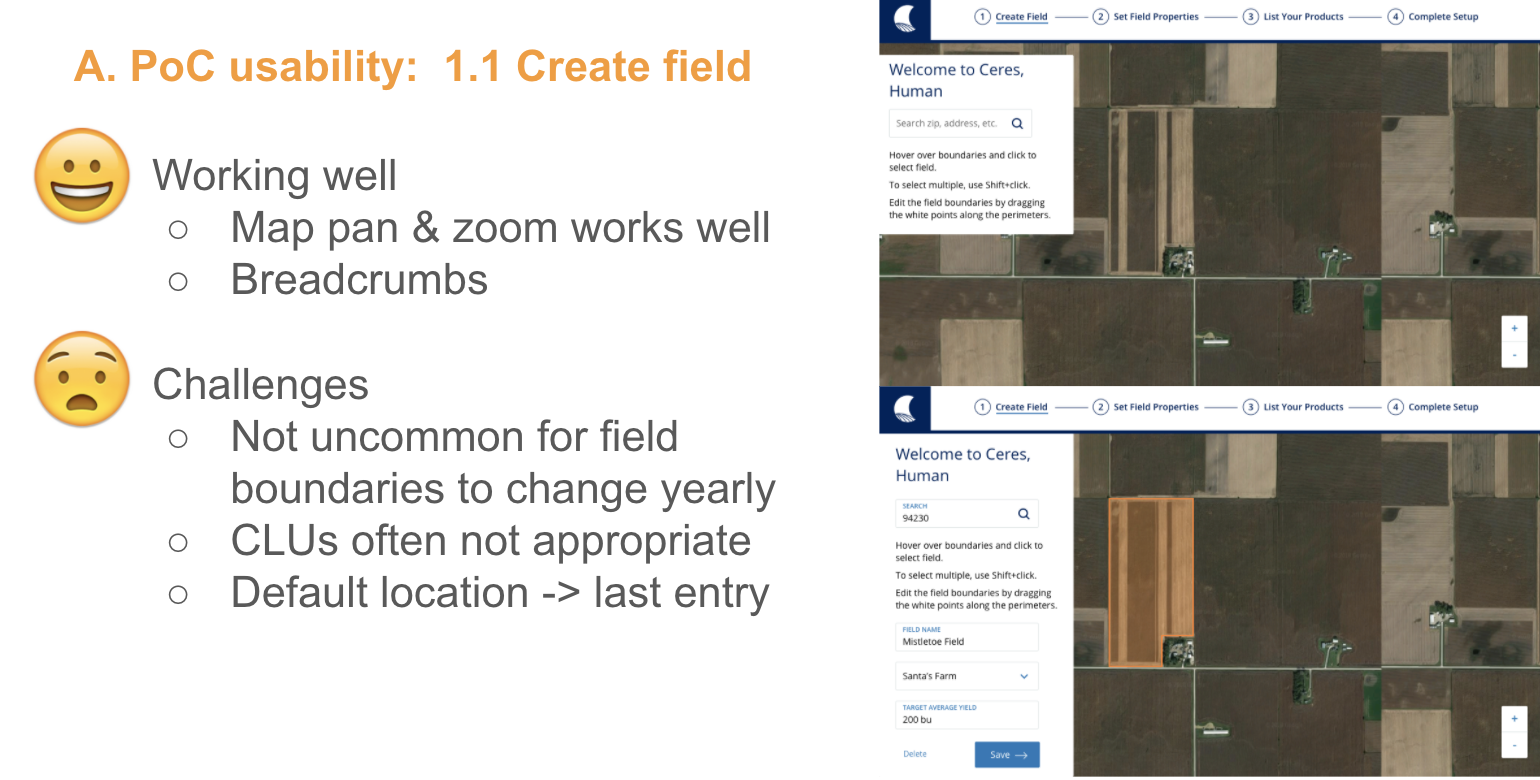Smarter Farming
Yara International’s mission is to responsibly feed the world and protect the planet through a portfolio of crop nutrition products and software solutions to aide farmers and agronomists.
Farmers use a plethora of physical and digital tools in their daily lives in addition to having a multitude of decisions to make. Many also pride themselves on ingrained practices that have been passed down through their families for generations. In this project I explored web concepts that would add value to farmers’ lives through informed nitrogen and seed application decisions to improve their yields and profits.
ROLE:
UX Designer
TEAM:
UX Researcher, Developers, Agronomists, Modeler Scientists, Solution Manager,
Product Manager
Understanding our Audience
FIELD TRIP WITH EXPERTS
As an onboarding experience to the agriculture industry, I accompanied our Senior Researcher to visits the fields of a couple farmers in Iowa to get a first hand glimpse of their day to day.
IDENTIFYING 16 POTENTIAL USERS
We had 16 farmers who were our dedicated research participants. I helped with the creation of short, unique identifiers to both quickly build contextual richness when we communicate their specific needs to a larger team as well as to protect their personally identifiable information.
16 farmer panel spread across the Midwest USA of varying farm sizes
COMPETITIVE RESEARCH
We compared websites and business models of various agtech players. A select few we took a closer look at included:
We also wanted to see how non-ag services approached the challenge of displaying large quantities of data & calculations as well as providing some social/community aspect. Some of these included Nerdwallet, Robinhood, Nextdoor, Apple Health.
DYNAMIC RELATIONSHIPS
I developed journey maps with our staff agronomist to show the differences and overlaps between Grower and Agronomist activities throughout the crop season and identified opportunities for service touch points.
How might we help farmers
make better & empowered decisions
with their seed and nitrogen practices?
Design Iteration
We learned that to empower farmers was to give them agency over how multiple scenarios of nitrogen and seed applications would play out. This was something farmers already did in physical fields as strip trials. A digital parallel to this was what informed the “What Ifs” concept, which allowed them to play around with data inputs as experiments to compare with their existing practices and learn what would yield the best results.
IDENTIFYING TASK FLOWS
SKETCHING AND IDEATION
Quick whiteboard and paper sketches were used to test early concepts of how a farmer would go about creating a field, uploading the seed and nitrogen products they used, creating scenarios of different applications of fertilizer and seed based on namely soil textures, weather dynamics and varying costs amongst many variables.
As research insights were coming in, I made rapid iterations on sketches and the eventual prototype to keep validating the ideas.
50 screens in one iteration
I also developed a style guide using some elements from our existing brand library. The concept of a global design system was still being discussed so this was a placeholder while that was pending.
Higher fidelity prototypes were made in Invision and shared out in design critiques for comments and handed off to developers for implementation.
Usability Testing
WITH EXTERNAL USERS
With our select panel of farmers we were able to get feedback with new designs. These sessions were carefully timed with their seasonal operations as farmers are extremely busy during certain parts of the year.
WITH INTERNAL TEAM
We also did walkthroughs of the user flows with our internal product team to catch flow issues before further validating with our external users.
REFLECTIONS & OUTCOMES
The agriculture industry is a deeply complex and nuanced space. The main constraints were that were experienced was the seasonal variability as well variability with a product roadmap.
With more time, I would have conducted further usability testing with our users to hone in on key pieces of our solution. It would have been useful to also explore mobile and tablet versions of the tool as farmers are often in the fields and operating equipment away from their desktops.
While I feel like I only scratched the surface of understanding agronomic subject matter, I learned a lot about the process of working with a remote and distributed team. Introducing a new product team to design and research was a great learning process, which led me to conduct my first weekly remote design reviews and drive retrospectives.



